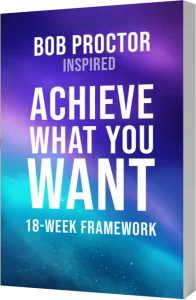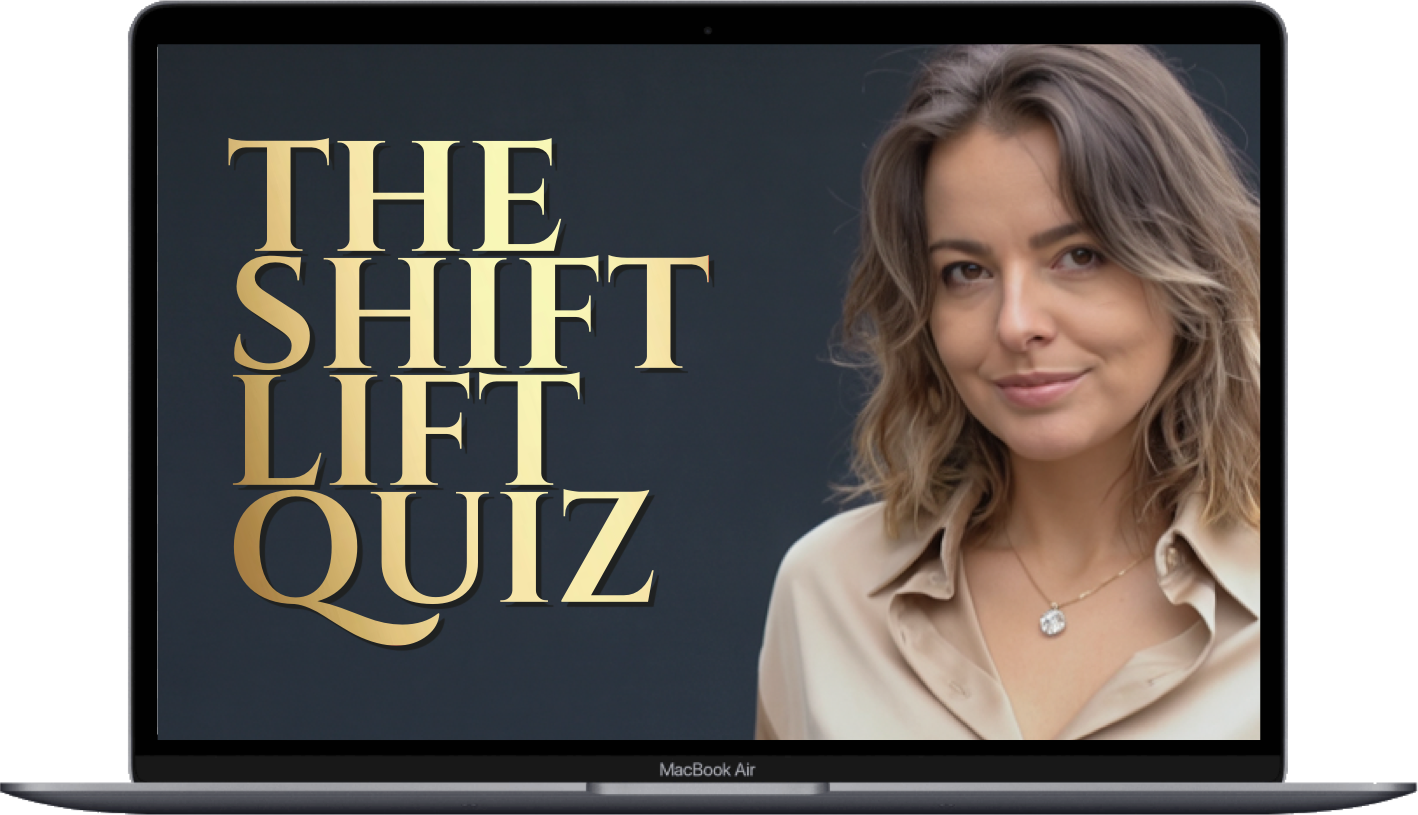I didn’t expect that video to perform as well as it did. It felt simple. Quiet. Almost understated. But maybe that’s exactly why it worked. After it pulled in more views and subscribers than anything I’d shared before, I decided to go back and dissect what made it different. Not just the content—but the emotional architecture. The way it made people feel seen. The way it held space rather than forcing a lesson.
What I discovered wasn’t a viral hack or a secret formula. It’s just a structure that works for me—because of how I speak, how I think, and how I connect. You don’t have to copy it. In fact, I hope you don’t.
But if you’re trying to make your message land deeper, maybe this framework gives you something to experiment with.
Here’s what I did—step by step.
1. Open with a Disarming Question or Contradiction
Start with something that makes your audience tilt their head. It should quietly destabilize something they believe to be true.
In my video, I opened with:
“Why does going the right way still feel like something is missing?’”
It wasn’t loud. Just… gently disorienting.
Why it works: It creates a subtle emotional tension. A reason to stay and find resolution.
2. Name the Universal Struggle
Call out the “smart” way of doing life—and show that it’s still not working emotionally.
I said:
“You’re a good student. A high performer… but why does it still feel like something’s off?”
Why it works: People want to feel seen, not studied. When you reflect their internal experience, they lean in.
3. List the Logical Steps We All Try to Take
Name the checklist. The milestones. The things we’re taught to pursue.
“Pick the right college… the right partner… the right rules…”
Why it works: It sharpens self-recognition. The viewer sees themselves in the list—and starts to question it.
4. Introduce Internal Conflict (Voice vs. Voice)
Pit their inner voices against each other. Show that “truth” is layered.
“Is it my father’s ‘right’? My mother’s? My own? What if mine keeps changing?”
Why it works: It opens space for inner fluidity. It invites them to honor their own uncertainty.
5. Spiral Down into Existential Realization
Now we go deeper. Ask the hard, meta-questions.
“Why do I keep returning to the complexity… Why don’t I let myself be simple?”
“Am I expecting a reward?”
Why it works: The viewer stops analyzing and starts feeling. Their own ache surfaces.
6. Break the Illusion (The Cracking Moment)
Reveal what you saw. Share the moment the illusion fell apart for you.
“We’ve become so absorbed in doing life right, it’s like a performance…”
Why it works: It’s the unmasking. And when you take off your mask, they begin to take off theirs.
7. Cultural or Emotional Mirror (Optional)
In this video, I included a line from Pleasantville:
“David’s Mom: ‘I had the right house. The right car. The right life…’”
Why it works: It grounds the message in a shared emotional moment. Makes it sticky.
8. Offer a Soft Reframe (No Instruction)
No advice. No action steps. Just a shift in perspective—tender and spacious.
“Maybe the right thing is to just try to be driven by love…”
“…not perfect. Not always clear. Just real.”
Why it works: It creates relief. No pressure. Just a new way to see things.
9. End on a Gentle Paradox or Permission
A closing phrase that feels like an exhale. An invitation to stop chasing.
“And maybe not even look for the right way.”
Why it works: It unhooks the viewer. The spiral closes not with a solution—but with peace.
Summary: The 5-Step Simplified Spiral
1. Disarming Entry
Open with a question or statement that breaks expectation and evokes immediate reflection.
2. Shared Human Struggle
Name a common internal tension or psychological dilemma that creates identification and emotional grounding.
3. Unseen Pattern or Trap
Reveal the deeper system, belief, or loop that sustains the struggle—something normally overlooked or misunderstood.
4. Reframe and Restore Agency
Offer a perspective shift that dissolves self-blame and repositions the listener as capable of change.
5. Open Invitation
End with a thought or inquiry that expands choice, sparks insight, or invites aligned action.
Final Thought
You don’t need to follow this exactly. But if you’re a deep thinker, a soft challenger, or someone who speaks from the quiet corners of experience—this may work for you too.
It worked for me because I didn’t try to teach. I tried to feel. And people don’t just subscribe to knowledge. They subscribe to resonance.
Try it. Not because it’s “right.” But because it might just be real.




